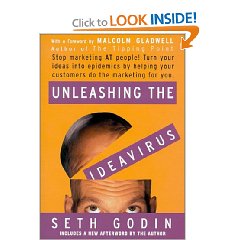
The Future of Learning — the Death of Rote Education
Ericsson put together an inspiring 20-minute video promoting its “Networked Society” and “Future of Learning” movements. It’s worth watching whether or not you work in education because it makes some poignant statements about issues that affect our society as a whole.
Here are 5 quick take-aways:
1) Instead of molding students to fit into the educational system, we should be adapting systems to address the different needs of students.
2) The concept of school used to be synonymous with access to information, now they are no longer the same thing.
3) Answers are everywhere, especially online. So, a teacher’s job is to point growing minds towards the right questions. We should teach people to solve interesting problems, not to memorize answers to problems we’ve already solved.
4) Nobody takes standardized tests for a living. Learning should prepare you to cope with life’s surprises, but traditional education prepares you to cope with certainty. There is no certainty.
5) There is no virtual substitute for universities. They provide an essential space in which teachers and students learn to solve problems, debate issues, and develop passions together. However, online learning and technology are not only improving the traditional university experience, they are providing high quality education to those who did not have access to it before. On a global level.




